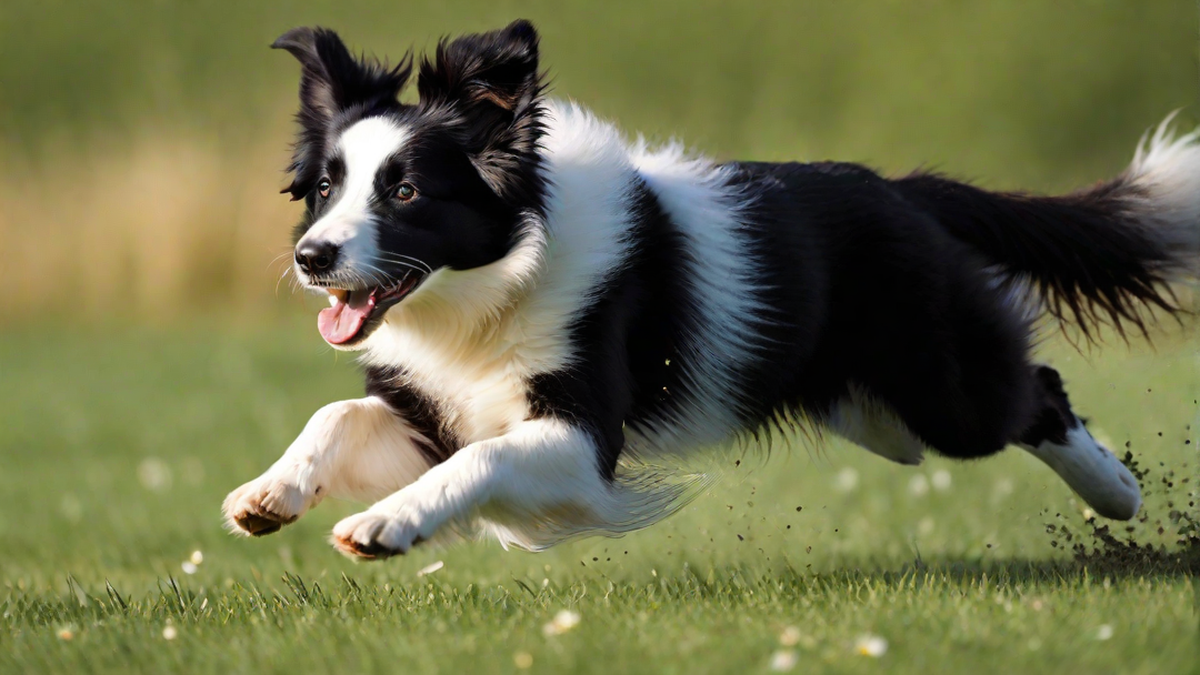When it comes to running, many dog owners wonder when their furry friends can join them on their jogs. As an avid runner and a dog lover, I understand the importance of incorporating exercise into our daily routines. But when is it safe for dogs to start running? Let’s dive deep into this topic and explore the factors to consider before lacing up those running shoes with our four-legged companions.
First and foremost, it’s crucial to recognize that different breeds have varying exercise needs and capabilities. Smaller breeds, such as Chihuahuas or Dachshunds, may not have the stamina or physical ability to handle long-distance running. On the other hand, larger and more active breeds like Border Collies or Labrador Retrievers are built for endurance and can handle longer runs.
But breed isn’t the only factor to consider. Age plays a significant role in determining a dog’s readiness for running. Puppies, just like human babies, have growing bodies that need time to develop and strengthen. Running can put excessive strain on their joints, bones, and muscles, potentially leading to long-term damage.
As a general rule of thumb, most veterinarians recommend waiting until a puppy is at least 12 to 18 months old before introducing them to regular running. This timeline allows for proper bone and muscle development, reducing the risk of injury. However, it’s crucial to consult with your veterinarian, as some larger breeds may require even more time to mature.
Even when a dog reaches the appropriate age, it’s important to start slow and gradually increase the intensity and duration of your runs. Just like humans, dogs need to build up their endurance and fitness levels over time. Start with shorter, leisurely runs and pay close attention to your furry friend’s behavior and physical condition.
Another vital aspect to consider is the surface on which you’re running. Running on concrete or asphalt can be harsh on a dog’s joints, potentially leading to injuries like strained ligaments or paw pad abrasions. Whenever possible, opt for running on softer surfaces like grass or trails to minimize the impact on your dog’s body.
In addition to surface type, the weather also plays a crucial role in determining whether it’s suitable for your dog to run. Dogs, especially those with thicker coats, are more susceptible to heat exhaustion and heatstroke. Running during the cooler hours of the day or in shaded areas can help prevent overheating. Always carry water for both you and your dog during your runs, ensuring hydration for both of you.
During your runs, pay attention to your dog’s behavior and body language. If they seem tired, start lagging behind, or show signs of discomfort, it’s essential to slow down, take a break, or even end the run altogether. Your dog’s safety and well-being should always be the top priority.
In conclusion, while running can be a fantastic way to bond with your furry friend and keep them active, it’s crucial to wait until they are physically mature enough to handle the demands of running. Consider factors such as breed, age, surface type, and weather conditions before taking your dog out for a run. Always start slow and gradually increase the intensity, keeping a close eye on your dog’s comfort and well-being. Remember, running with your dog should be an enjoyable experience for both of you!

